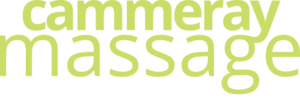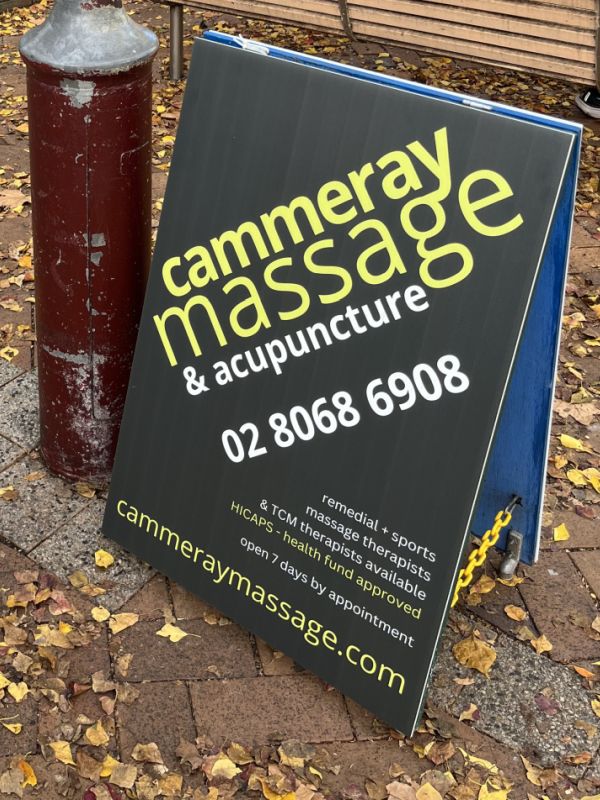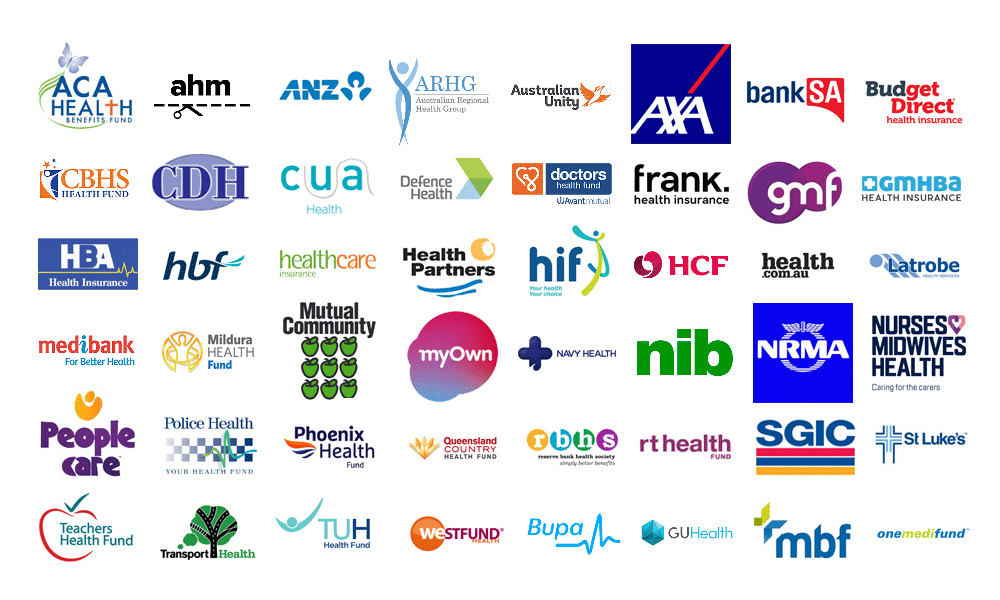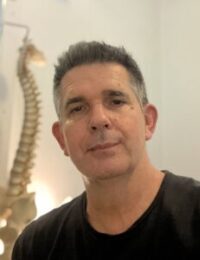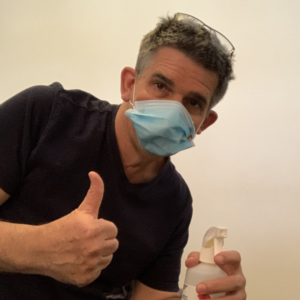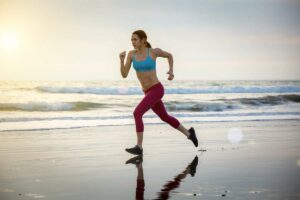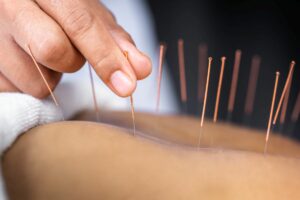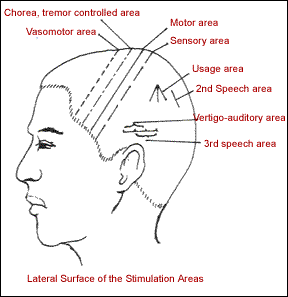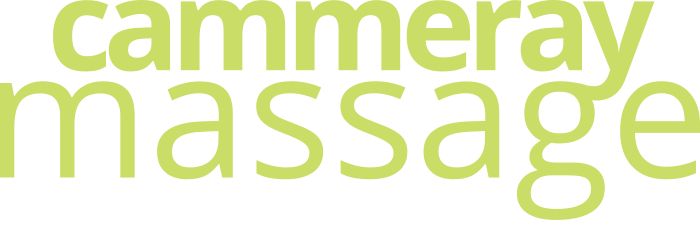If you embark on any fitness program it makes sense to consider the extrinsic factors that will optimise that program. Factors such as diet, frequency, intensity, type of training, etc are the ones most commonly considered.
But what do you do in consideration of your musculoskeltal health and injury prevention? In this article I want to focus on Exercise Recovery.
I recently attended a conference where physiologist Jo Vaile, who is the head of recovery for the Australian Institute of Sport, spoke of the importance of recovery in elite sports these days. It was interesting to hear how they help manage injury rates by ensuring recovery strategies are implemented across all sports. It made me think though that this is also important for the non-elite exercise enthusiasts whom we see daily at Cammeray Massage.
It is not so much during exercise that you are getting the most benefit to your fitness, it is after the work is done that the body repairs, rebuilds and adapts so it is ready to deal with similar future demands. Strenuous exercise will stress the body and cause micro trauma to muscle, tendon, joints and ligaments. The extent of this is of course relative to the fitness level, structure, biomechanics, age and the specific exercise demands placed on each individual person.
Now, the body is a perpetual self healing organism and it will send out the repair crew to the areas damaged after strenuous exercise and attempt to repair and lay the framework to rebuild tissues to be stronger for next time. That repair crew is part of the immune system and it will do the best it can, given the environment it has and the time given, to do its job.
If someone is pounding away at their body at a high intensity too frequently without adequate rest and recovery, eventually the repair crew can’t keep up with the demand and will either be unable to do its job or start laying weak patchwork scar tissue to the damaged areas. This will make them more vulnerable to a bigger injury later on, and if repeated can result in chronic weaknesses and degeneration in some tissues. A classic example is the way a stress fracture develops due to overloaded bone that has not had time to repair and regenerate.
How you manage your body before and after training or events is as important, if not more so, as how you manage it during the actual activity.
Jo suggested active recovery (warm downs), short duration stretching, compression garments, cold/warm baths, and massage as beneficial recovery aids.
Massage has a beneficial effect on recovery by assisting the blood flow to and from distal areas and deeper tissues, decreasing muscle tension, increase healing rates of injured tissue, reduced muscle pain, swelling and spasm, increased joint flexibility and range of motion, decreased lactate concentrations, decreased anxiety, increased relaxation (better healing environment for the body), increased immune and endocrine function, and increased performance*.
Studies have found some benefit in the effects of massage on DOMS (Delayed Onset Muscle Soreness – that really bad muscle pain that is worse the day after a more strenuous than normal activity).
I don’t think it is necessarily a great idea to get a massage immediately after a big event as the tissues can be traumatised. Allow 24-48 hours after a big event for your massage. So if you have, say, the half marathon on Sunday, book your massage ahead for Tuesday or Wednesday. My experience also shows that massage as an intervention in the week before the big event is also an effective way of minimising DOMS after the event and improving performance. Again, dont have it too close to the event. 3-4 days before is recommended.
In my time working as massage therapist for the Western Suburbs Magpies Rugby League team in the late 90s, it was without doubt the guys who got regular sports massages were the ones who got injured less. (They didnt win too many games, but thats another story….)
More about massage benefits here. Adequate levels of sleep also must be mentioned, as this is the main time your body repairs.
There are many scenarios where massage can help you with your exercise program, and i’ll will write Part 2 about Bio-mechanics soon, but even if a regular appointment serves as a reward system for your efforts in the gym or pounding the pavement, it is worthwhile locking that monthly massage appointment in the diary.
*Recovery Review – Science vs. Practice – Jo Vaile, PhD. Shona Halson, PhD. Stuart Graham.
